"Is This Legal?" Feb 2
meet the company that powers silicon valley's race- and gender-based hiring goals
River PageWelcome back to The White Pill, a Pirate Wires weekly digest of inspiring, fascinating, and evocative developments in tech, engineering, physics, astronomy, space, and medicine. First, a brief, lead story. Then, a storm of links. Brandon Gorrell is the editor on this one, so say hello and share your own links in the comments below.
Also: if you want to write the lead story for an edition of the White Pill, we’d love to hear about your idea. And feel free to send tips about what to include in the next one. Email brandon at piratewires dot com.
—Solana
---
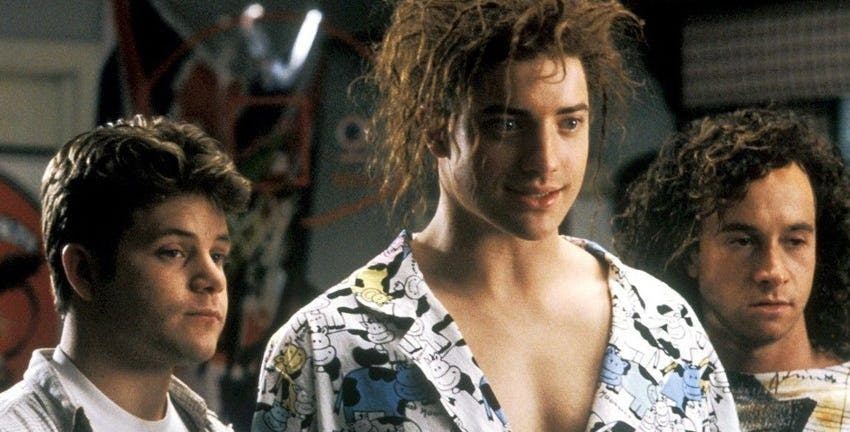
Encino Man
“Holy grail” of hearing loss discovered. A drug cocktail that regenerates inner ear hair cells in rats has been developed by a team at Harvard Medical School. “These findings are extremely exciting because throughout the history of the hearing loss field, the ability to regenerate hair cells in an inner ear has been the holy grail," Zheng-Yi Chen, lead author of the paper said. Excellent news. (Futurism)
---
Last week, an anon who goes by Ghostwriter977 uploaded a song called “Heart on my Sleeve” to TikTok with the comment “The future is here.” The track, an absolute banger, featured both Drake and The Weeknd, and within a few days had been viewed over 11 million times on TikTok, streamed hundreds of thousands of times on Spotify, and made it into YouTube videos, Apple Music, basically everywhere. Then Universal Music Group (UMG), the corporation representing Drake and The Weeknd, caused the viral upload to disappear, and has since engaged in what seems to be the Sisyphean exercise of disappearing the song whenever it appears online.
This was predictable, because it seemed like Ghostwriter, who apparently produced the song, wasn’t the type of person with the proper clearances to do that, and so was vulnerable, due to US copyright protection, to having it removed by a big corporation. One reason he didn't have have the clearances to distribute the song was because both Drake and The Weeknd hadn't had anything to do with it. Because Ghostwriter, he says, made the song with AI trained on their voices.
“I’ll split 50% royalties on any successful AI generated song that uses my voice. Same deal as I would with any artist i collab with. Feel free to use my voice without penalty. I have no label and no legal bindings,” tweeted Grimes on April 23. In so doing, Grimes appears to be going the opposite way of UMG, building a truly independent, user generated content (UGC) model for music that leverages armies of anonymous producers to create content universes. And with this, she helps us to imagine, with specificity, what it will be like when intelligence is commodified.
The revenue, marketing, and distribution models latent in all this seem obvious and compelling. But the way this can be applied once intelligence is a commodity is fun to picture. Imagine:
Is “Heart on My Sleeve” an “it's so over” moment for the mainstream music paradigm which feeds on viral hits created in a top down fashion? The record industry, or copyright holders, don’t have to lose here. I think this moment is more like a message that the future looks like a new triple-platinum Nirvana album, Drake becoming a country star after an anon on TikTok produces a “Walmart Fancy”-like using a Drake voice license, and new songs from Michael Jackson’s Thriller era, by Kanye West. And it looks like big record labels competing with artists who become truly independent by leveraging armies of producers to build entire universes of content. Whether or not rightsholder groups like UMG choose to monetize that opportunity — and others like it — might be a matter of survival.
---
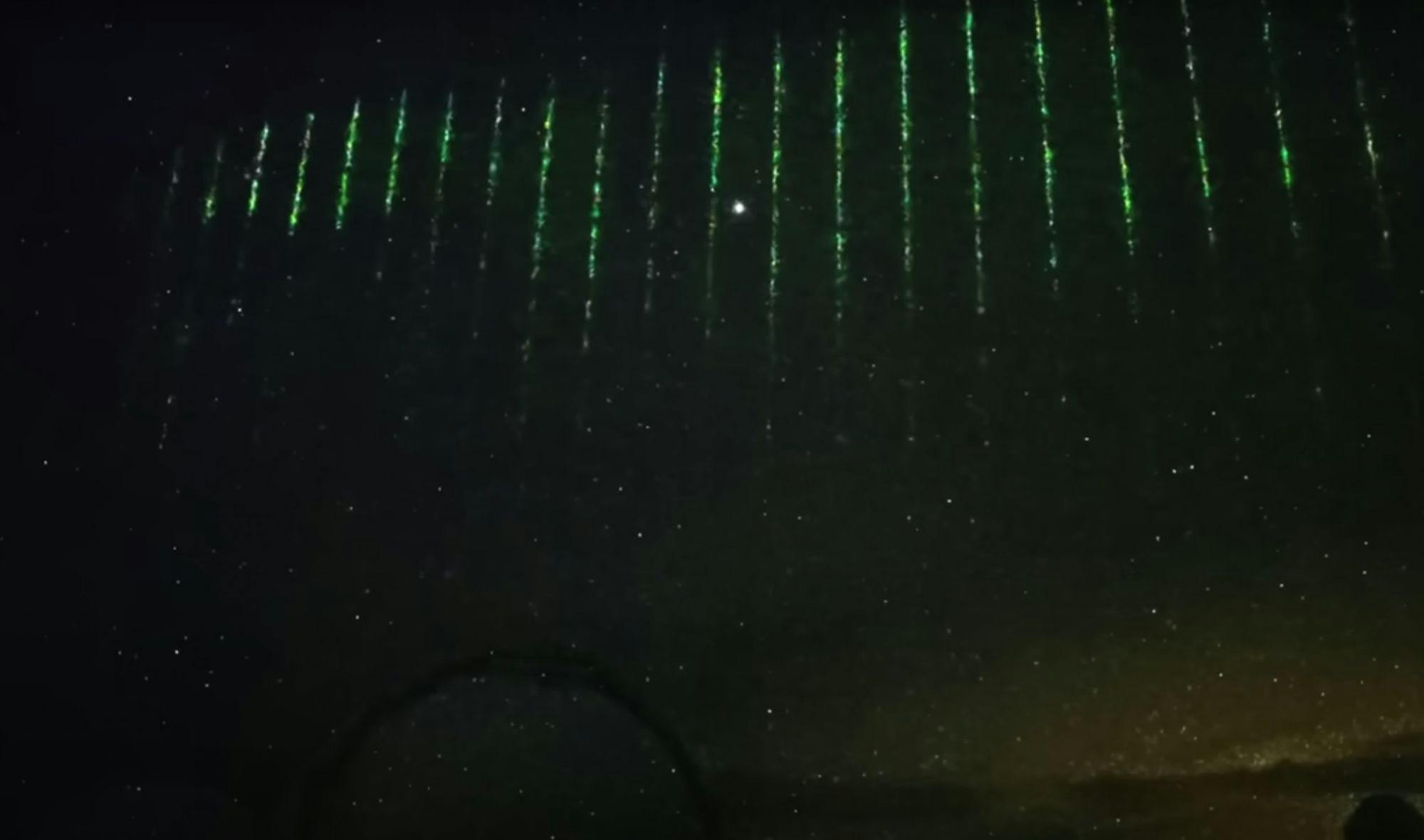
Night sky green beams, captured by Hawaii's Subaru-Asahi Star Camera
Mystery solved? At the end of January, astronomers were flummoxed by the appearance of horizon-spanning, mysterious green beams in the Hawaii night sky. This week, a plausible explanation was proposed: they were created by NASA’s Earth Observing System, ICESat-2, whose “main job involves taking measurements of the thickness of sea ice, as well as ice sheet elevation, and a range of topographical features, as well as cloud formations from its position in orbit.” (The Debrief)
Black hole vision. Researchers have recently suggested that black hole event horizons collapse quantum superpositions like that of an observer. “These black hole horizons are watching,” coauthor Gautam Satishchandran said. Admittedly, I have no idea what I’m taking about at this point so if anyone can explain this to me in the comments, please and thank you. (Wired)
A few more:
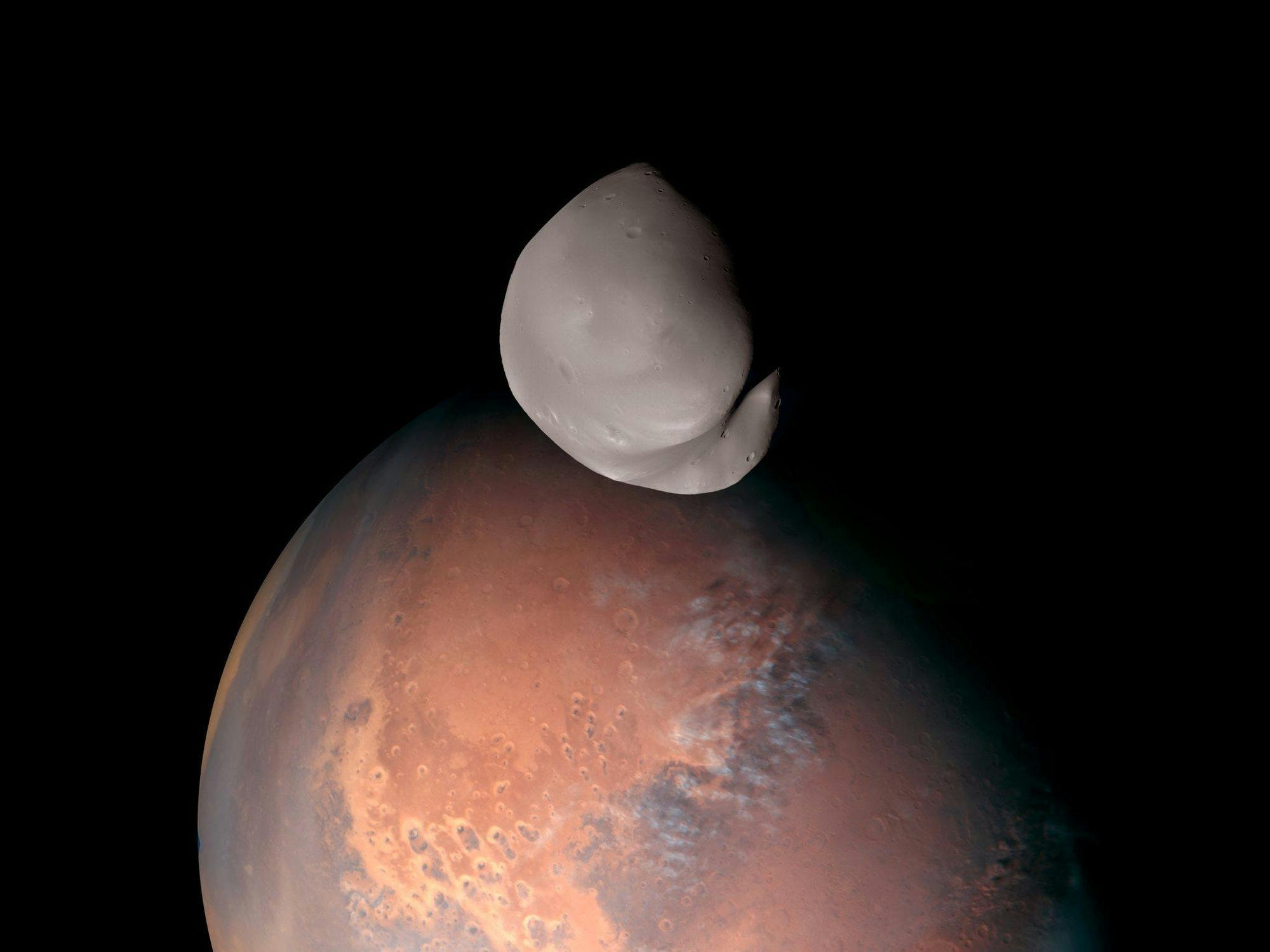
Deimos, as captured by UAE’s Hope probe
--
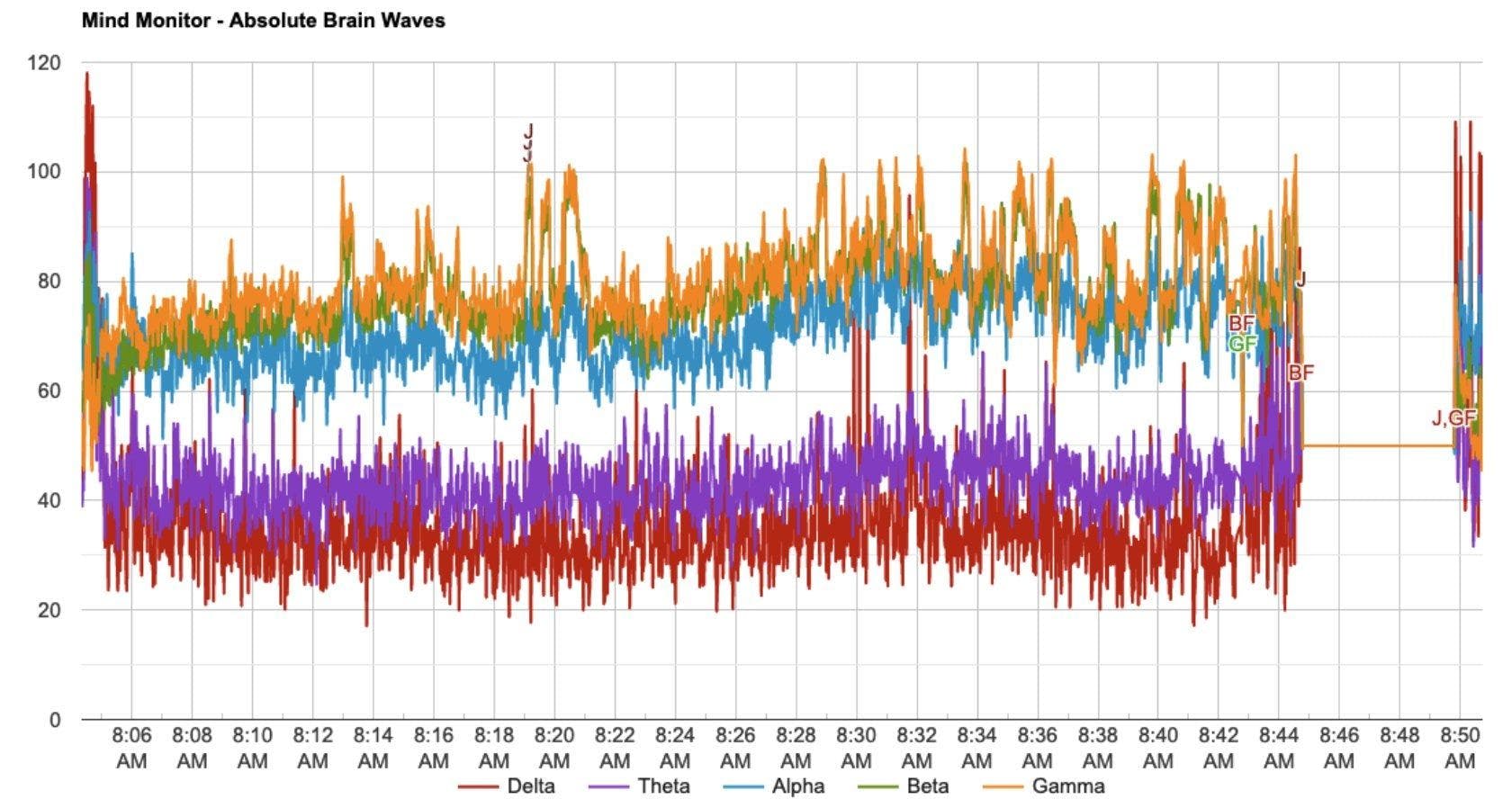
‘The hibernator’s’ Muse repot showing cessation around 8:44 a.m.
Human hibernation. A fascinating paper authored by neuroscientists at Harvard, UC Berkeley, Australia’s Southern Cross University, and several more schools, explores nirodha samāpatti — a meditative state best described as human hibernation, in which the meditator experiences a complete cessation of consciousness. In a Twitter thread explaining it, lead author Ruben Laukkonen describes meeting a person who can “turn off his consciousness” after a friend shared the person’s Muse headband recording, which appears to show brain activity go silent for a few minutes. Then, on a Zoom call with Laukkonen, this meditator claimed to be able to “go lights out” for up to six days at a time, and though the researchers were highly skeptical, the meditator’s description of “cessation” “resonated so well with [their] own scientific understanding of how experience is constructed. It seemed like what you would expect if you gradually deconstructed and then reconstructed the mind.” More, this state is written about in texts over 2000 years old. Anyways, when the authors of the (highly theoretical) paper, published in Progress In Brain Research, brought the man in for testing, they found that his neural synchronization significantly ‘decohered’ when he entered the cessation state.
“[A]ll our sensory experiences reach the brain at different times and are processed in different areas. If these events are not successfully integrated it is not possible to have a coherent conscious experience. To disintegrate them is to disunify consciousness.
We suggest that this ‘unbinding’ begins at high (abstract, deep) levels such as thinking, and gradually deconstructs earlier levels of being. This interpretation seems consistent with the reports of Buddhist meditators...
And more:
---
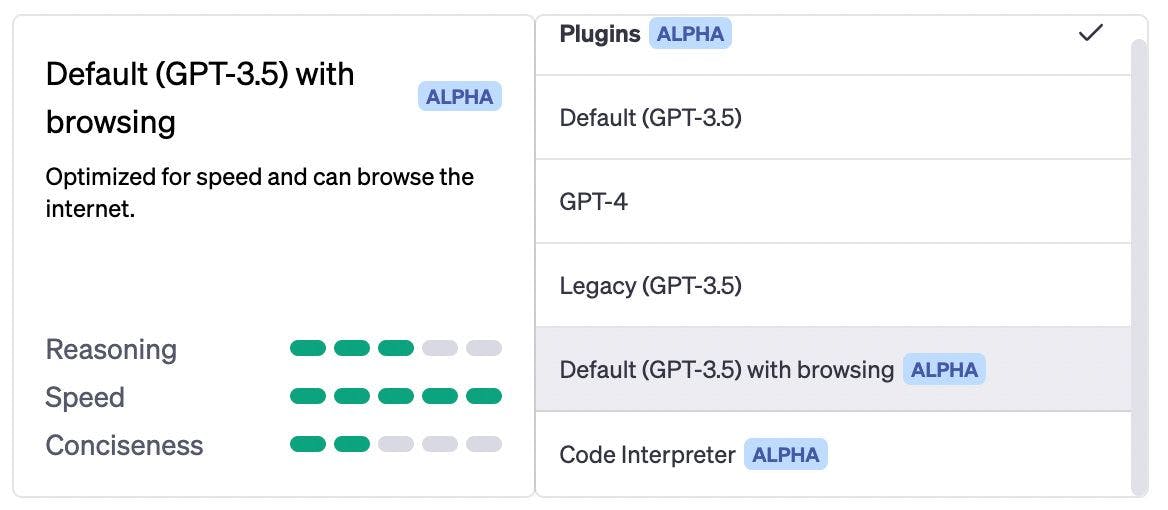
OpenAI released several new GPT models for subscribers. Its new Default with browsing allows GPT to browse the internet (!!) to answer prompts; its Code Interpreter “can use Python, and handles uploads and downloads.” Note that some subscribers are not seeing these options yet. (OpenAI)
MiniGPT is an AI-powered app that can see images and tell you about them. In the thread linked at the end of this sentence, there are examples of MiniGPT identifying what’s wrong with a houseplant, writing advertising copy for mugs in an image, and writing the synopsis of the Godfather, based on a still from the movie. (@heyBarsee)
---
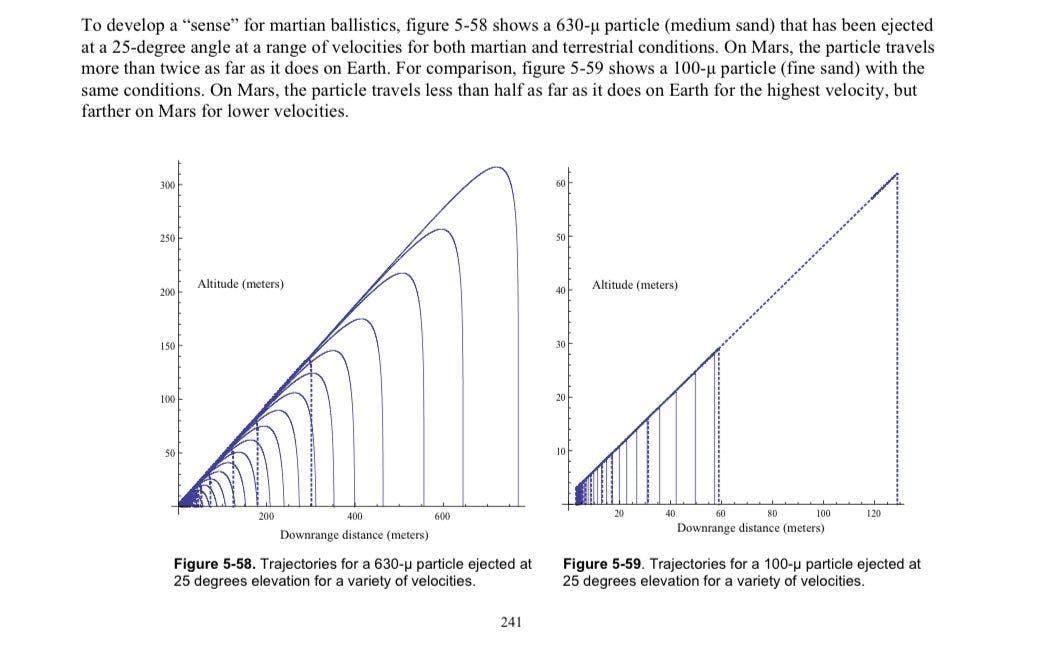
Particle trajectories expected from a rocket launch on Mars (@DrPhilTill)
The Starship launch pad that never was. Watching the Starship launch last week, many people noticed that the rocket plume obliterated the launch pad, sending visible chunks of debris into the air. Elon later clarified that a massive, water-cooled steel plate SpaceX had designed for the Starship launch had not been ready in time, and that the team had wrongly assumed that the existing concrete pad would survive. “The force of the engines when they throttled up may have shattered the concrete,” Musk said. (@elonmusk)
Rocket plume acoustics. Did you know that the sounds generated by large rocket engines stress the physical structure of the rocket enough that they put the hull at risk? A NASA guy used Elon’s launch pad explanation to ‘launch’ into a thread about weird and fascinating particularities of rocket acoustics. E.g. “The very first ‘sound’ that happens on launch is the shockwave from engine ignition. It bounces off the pad then runs up the sides of the vehicle, stressing everything. At NASA it is called the ‘Initial OverPressure’ or IOP. The IOP almost ruined the 1st Shuttle launch.” (@DrPhilTill)
Another thing about rocket plumes. Grains of sand may have been sent up to five miles from the site of the Starship launch, due to the force of its engines. There is in fact a technical analysis that can (and needs to) be done about rocket plumes and particle trajectories when planning a launch, and it needs to take into account, for example, atmospheric density and gravity levels, such as when planning a trip back from Mars. Here’s a fun thread.
Starship grounded indefinitely. The white pill here is that this is standard procedure after a launch mishap, so almost certainly was inevitable — not some kind of potential death knell to the program, as some headlines and Twitter chatter have suggested. “FAA spokesperson told FLYING that mishap investigations, which are standard in cases such as this, ‘might conclude in a matter of weeks,’ but more complex investigations ‘might take several months.’” (flyingmag.com)
---
Shapeshifting, color-changing material “has the potential to be used in… applications, from clothing that warms up as you move to vehicle bumpers that return to their original shape after an accident… Imagine feeling warmth or a physical trigger eliciting a more in-depth adventure in the virtual world.” Watch it in action above. (The Debrief)
Dune Part 2 pics dropped. Take a first look at Florence Pugh as Princess Irulan, Timothy Chalamet’s Paul Atredies, and more Dune 2 characters. (Vanity Fair)
Fusion on the rise. Last week’s White Pill included an item about the Nuclear Regulatory Commission announcing it would not categorize fusion as fission, removing a potential major regulatory bottleneck to the rapid advance of fusion technology. This week, the Wall Street Journal published a comprehensive overview of the major players and investors in fusion — lots to be excited about. “There’s a reasonable probability at least one, maybe two companies will demonstrate fusion conditions in this decade,” a source in the article is quoted. Read it on WSJ.
---

Roma | Photo by David Edkins on Unsplash
Last Friday, the Eternal City turned 2,775 years old. But that doesn’t even get it into the top 5 oldest cities. Via GPT:
---
via @70sscifi

Star Trek: The Original Series

2001: A Space Odyssey
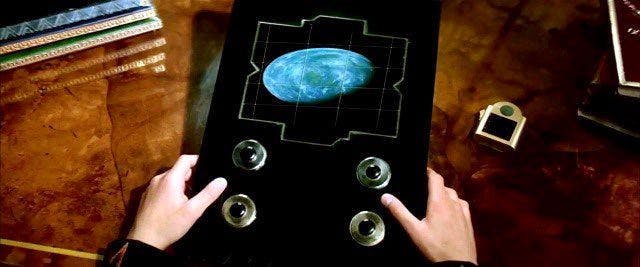
Dune (1984)

Star Trek: The Next Generation
Reminder that it is important to touch grass this weekend.
-Brandon Gorrell
0 free articles left